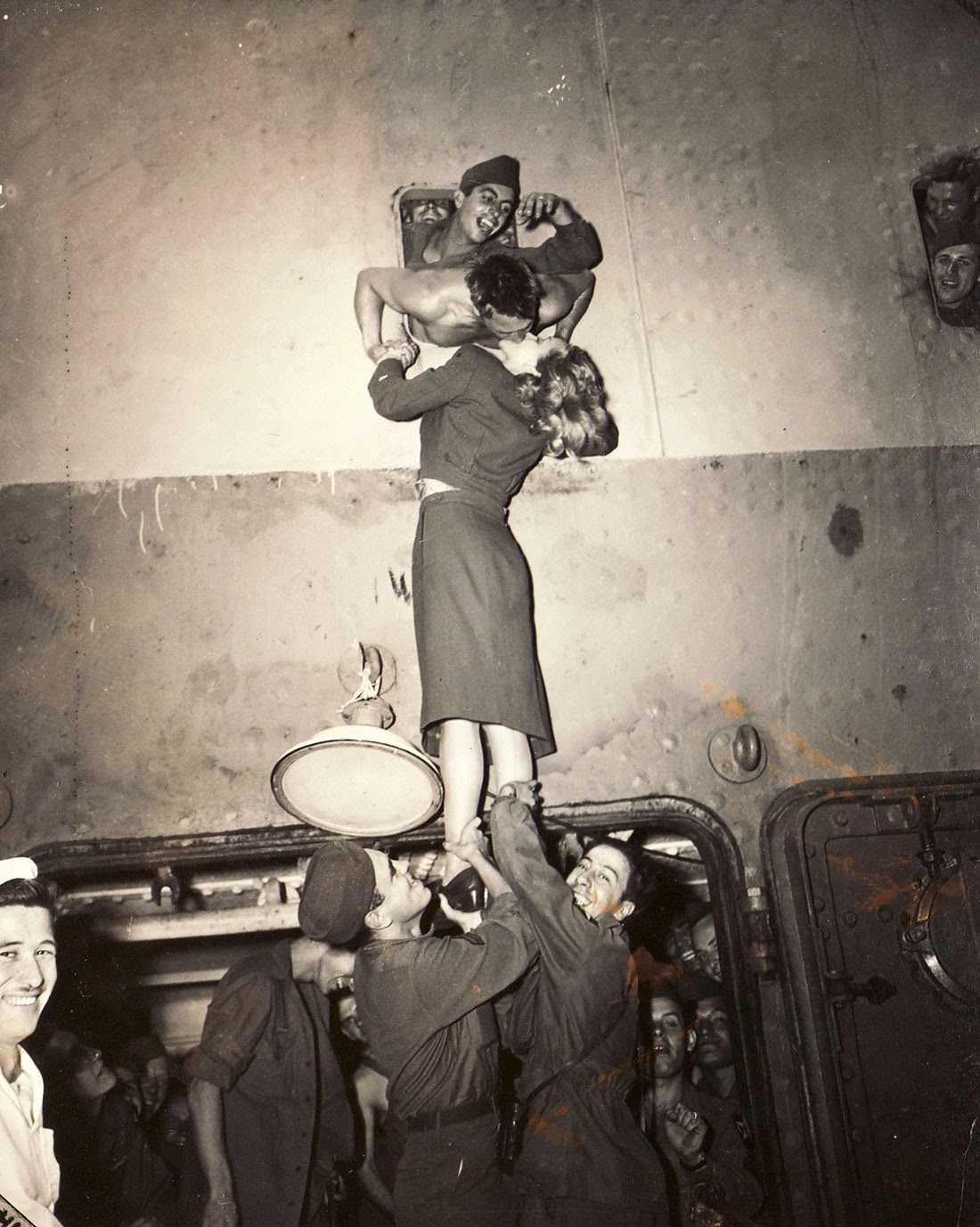 |
| Albert Einstein’s matriculation certificate, aged 17, 1896. It’s a myth that Einstein was bad at math. |
This puts to rest that urban legend that Einstein was a “bad
student”, although he received a three in French. He did, apparently,
receive straight sixes in algebra, geometry, physics, and – history!
Young Einstein knew what was important, it seems. Perhaps the legend is
founded in the fact that the Swiss school system has a 6 as best grade,
and 1 as poorest, while the German is the other way round. In his
certificate of qualification for university matriculation the lessons
which he was less interested in can easily be detected. But the average
grade in his certificate was a 5, i.e. the grade “good”!
In 1895, at the age of sixteen, Einstein sat the entrance
examinations for the Swiss Federal Polytechnic in Zürich (later the
Eidgenössische Technische Hochschule ETH). He obtained the best results
in the mathematical and natural science subjects, but in the linguistic
and historical subjects his achievements were unsatisfactory. His
overall result was rated as insufficient. On the advice of the Principal
of the Polytechnic, he attended the Aargau Cantonal School in Aarau,
Switzerland, in 1895–96 to complete his secondary schooling.
In September 1896, he passed the Swiss Matura with mostly good
grades, including a top grade of 6 in physics and mathematical subjects,
on a scale of 1-6, and, though only seventeen, enrolled in the
four-year mathematics and physics teaching diploma program at the Zürich
Polytechnic. The Swiss A-levels are called “Matur”; it corresponds to
the German “Abitur”. Furthermore it has to be noticed that the
assessment scale for school performance (school grades) in Germany and
in Switzerland differs from each other, i.e. the grade 1 (excellent) in
Germany equals grade 6 in Switzerland; the grade 2 (good) equals grade
5, etc.
In 1935, a rabbi in Princeton showed him a clipping of the Ripley’s
column with the headline “Greatest living mathematician failed in
mathematics.” Einstein laughed. “I never failed in mathematics,” he
replied, correctly. “Before I was fifteen I had mastered differential
and integral calculus.” In primary school, he was at the top of his
class and “far above the school requirements” in math. By age 12, his
sister recalled, “he already had a predilection for solving complicated
problems in applied arithmetic,” and he decided to see if he could jump
ahead by learning geometry and algebra on his own. His parents bought
him the textbooks in advance so that he could master them over summer
vacation. Not only did he learn the proofs in the books, he also tackled
the new theories by trying to prove them on his own. He even came up on
his own with a way to prove the Pythagorean theory.
The matriculation certificate translated in English:
The Council of Education of the Canton of Aargau hereby certifies:
Mr. Albert Einstein of Ulm, born 14
March 1879, attended the Cantonal School of Aargau, namely, the IIIrd
and IVth class of the Commercial School.
On taking the written and oral exam
of maturity on 18, 19 and 21 September, and on 30 September 1896, he
received the following grades:
1. German language and literature: 5
2. French language and literature: 3
3. English language and literature: —
4. Italian language and literature: 5
5. History: 6
6. Geography: 4
7. Algebra: 6
8. Geometry (planimetry, trigonometry, stereometry and analytical
geometry): 6
9. Descriptive geometry: 6
10. Physics: 6
11. Chemistry: 5
12. Natural history: 5
13. In drawing: 4
14. In technical drawing: 4
Based thereon he is issued the certificate of maturity.
Aarau, 3 October 1896.
(The President / The Secretary)




.jpg)
